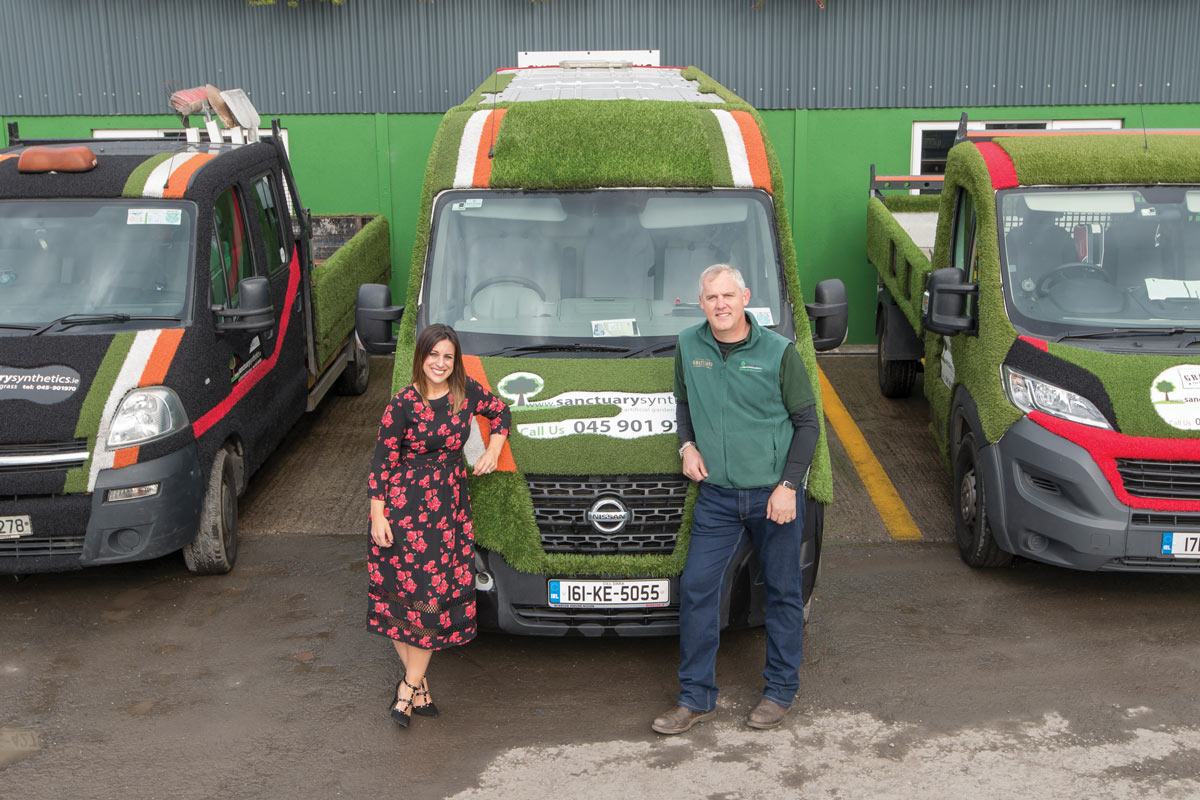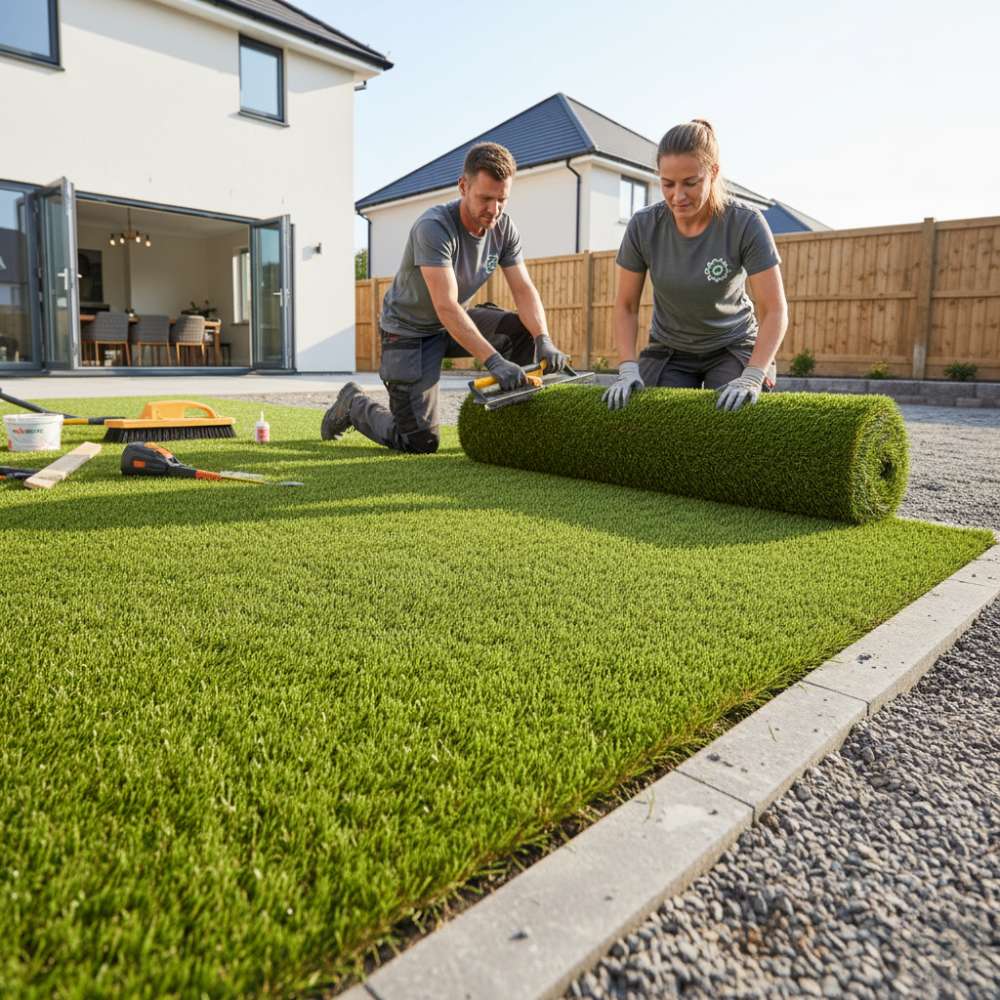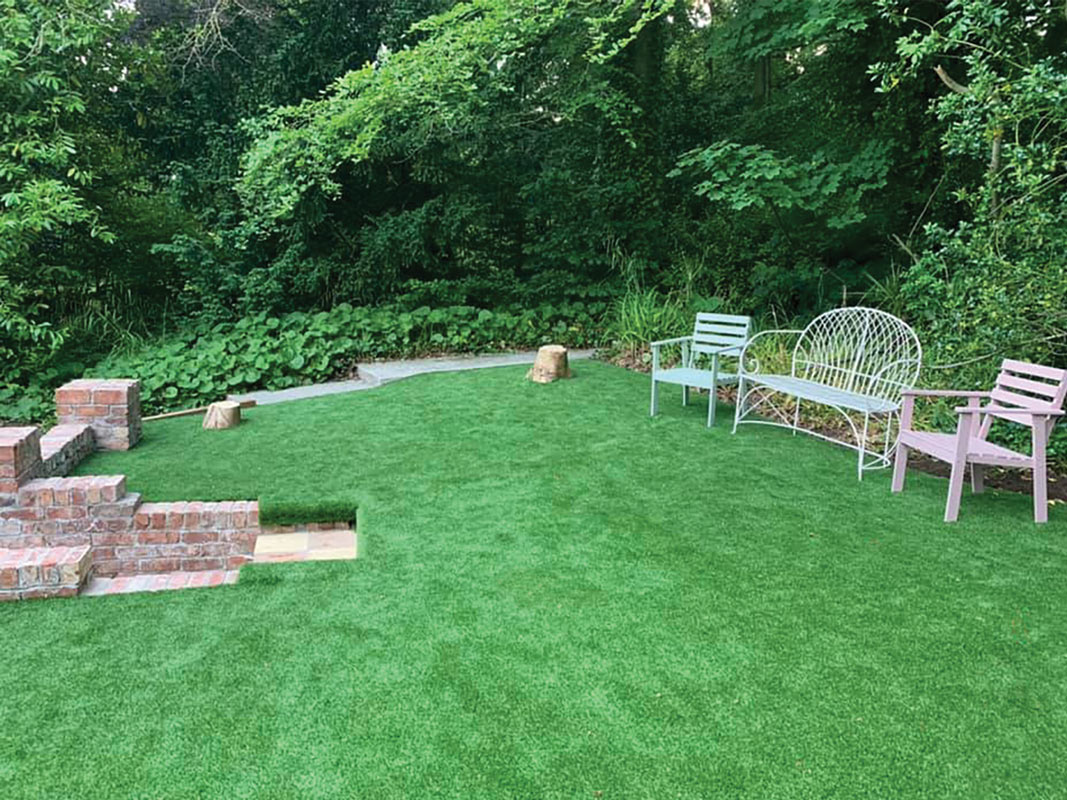

A recently published Royal Horticultural Society (RHS) report has confirmed what I’ve long suspected and is plain to see.
55% of front gardens (car parking spaces I imagine) and 36% of back gardens (patios etc) throughout the UK are fully paved over. In collaboration with Gentian using both ultra high resolution satellite imagery and the latest AI mapping technology they conclude there are 25.8 million gardens in the UK. That’s an area of 2.5 million acres or 4.6% of the entire landmass.
Extrapolating from these statistics means that there’s 1 million acres of paving in peoples gardens. This probably includes decking but certainly includes tarmac, concrete and paving slabs of all types. The RHS warns that ‘this scale of paving reduces the potential of gardens to cool the surrounding area, capture pollution, support wildlife, store carbon and catch rainwater in the soil to reduce flooding’.
Meanwhile, besides trees and bedding, only 33% of gardens are comprised of lawns. Again extrapolating, this constitutes .75 million acres so actually 25% less area than is covered by paving.
Prominent in its reporting is the stat that a whopping 0.15% of all domestic garden space is covered in dastardly artificial grass. ( that’s 7.5 million square metres). Hence my reaction and the title of this article. I’m just asking for some perspective here. Although no such survey has been conducted in Ireland I believe the market penetration of artificial grass in Ireland is significantly lower, despite our best efforts and 23 years of pioneering presence in the market.
My point being, although synthetic grass is a popular and practical solution for busy families, our product and services have long been a lightning rod for environmentalists who continue to abhor the replacement of ‘real’ lawns.
In my book — the Big Hairy Green book all about Artificial Grass ( available on Amazon) — I devote an entire chapter to the history and nature of lawns which, I humbly conclude, are no environmental panacea either; Still vastly preferable to paving nonetheless.
So, when you think that 40% of gardens are paved over and a mere 0.15% are covered in artificial grass, surely our product and service is an unfair and disproportionate target for the ire of the concerned garden purists. Consider the 1 million acres of paving. What’s it made from? What are the drainage implications? What’s its CO2 footprint? Why does the nice big patio get overlooked and the fake lawn gets targeted instead?
Spare a thought for the beleaguered suppliers of synthetic grass, the manufacturers of which, albeit belatedly and at our prompting I might add, are responding to environmental and recycling concerns. For example I’d like to highlight our new and exclusive One-Dna range – https://www.sanctuarysynthetics.ie/recyclable-artificial-grass-for-a-more-sustainable-future/
It’s an important debate. More than 40% of London’s landmass is categorised as Gardens. Interestingly, that’s less in other cities. The report says ‘the impact and potential of gardens has been ‘largely overlooked’ for too long’. The satellite data says the average garden is slightly smaller than a tennis court. Certainly in Ireland with current density requirements for all new housing developments this is further reduced. The report concludes with a call for ‘a guaranteed “space to grow” in housing and urban planning. I wholeheartedly agree but I submit that @ 0.15% artificial grass is not the villain here.

Mark O’Loughlin is the founder and owner of Sanctuary Synthetics, Ireland’s leading supplier and installer of artificial grass. With over 25 years of experience in landscaping and more than 20 years at the helm of Sanctuary, Mark is a recognised authority on artificial lawns, play surfaces, and sustainable landscaping solutions. Through TheFakeGrassMan.com, he offers expert insights drawn from decades of hands-on experience in transforming Ireland’s outdoor spaces.


